Hello, everyone! Welcome to my wrap-up post on my learning project this semester.
Outline of my Learning Project:
Week 1: An Exciting Journey (Learning to Play the Ukulele)!
This post outlines my goals for the semester, as well as my learning plan for the ukulele.
Week 2: Don’t Fret It!
This post discusses learning how to properly hold the ukulele, as well as the app that I used to tune my ukulele. Also, it discusses the strings and frets of the ukulele.
Week 3: Just Keep Strumming!
This is the first week that I learned a few chords, as well as some strum patterns.
Week 4: Just Keep Strumming! (Part 2)
This week was a continuation of learning and practicing the skills from week 4.
Week 5: Not Great Timing!
This post primarily discusses my hardships with trying to learn timing on the ukulele. This ended up being the hardest skill for me to try to learn!
Week 6: Picking Up a New Skill on the Ukulele
This post discusses my switch from learning how to strum to learning how to fingerpick. I was becoming a bit bored with strumming, so I wanted to try something new to spark some interest!
Week 7: Keeping Tabs on Tablature
This week I learned more about ukulele tablature.
Week 8: Continuation of Strumming and Fingerpicking
This week I continued to use my knowledge of strumming and fingerpicking to learn a few new chords.
Week 9: Learning How To Read Chords Sheet Music
This week’s post’s title is very self explanatory! For this post, I taught myself how to read chords sheet music. I thought it was going to be much more complex than it was!
I will admit that my learning did not sync up with these weeks perfectly, as I did run behind in the last few weeks of the semester.
My Reflections:
Honestly, I really struggled with this learning project. I am rather disappointed with the result, but that is okay. Every path has a few bumps along the way. At the beginning of the semester, I had outlined a few goals, particularly that I wanted to be able to properly play a full popular song or a full complex Christmas song. I did not meet these goals in the way that I would have liked. In September, I loved picking up my ukulele and trying something new. Then, as the semester progressed, I lost more and more interest with the ukulele with every passing week. It felt like a chore. Reflecting back, I think that I tried to learn harder things than I should have at the beginning without fully covering the basics. For example, I learned the beginning of Stand By Me by Ben E. King before I learned nursery songs. I fell into a rut in the middle of the semester as I did not have the skills to continue progressing, and the thought of trying to move backwards and cover more basics did not cross my mind until the very end of the semester. While I initially imagined that I would learn a complex song by the end of the semester (I did not), I still learned two very simple songs, Row, Row, Row Your Boat and Itsy Bitsy Spider. Not quite the end result that I expected, but it is still a goal accomplished.
Overall, I struggled with the format of learning online and finding the resources for learning the ukulele; however, this struggle was beneficial because it helped my problem solving skills, and as a teacher, I have now had more practice with locating learning resources online. For an instrument, articles with diagrams and step-by-step YouTube videos were the most beneficial for me. There were a few apps that I would have liked to try, particularly Ukulele by Yousician, but this app only had limited free access and many of the lessons required a paid subscription. In the future, it would be nice to find a free app to follow along with the resources for learning nicely in one place.
While I am not sure when or if I will pick up the ukulele again, I am grateful for this learning project and everything it has taught me outside of the ukulele.
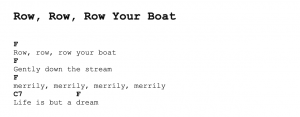
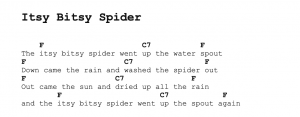

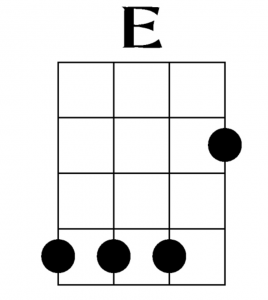


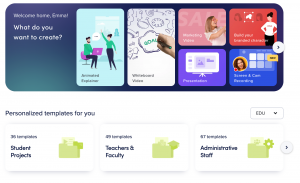

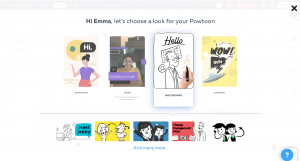



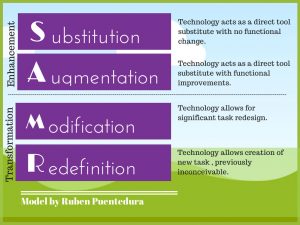
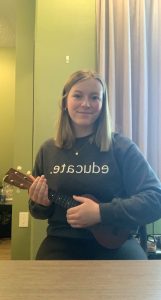
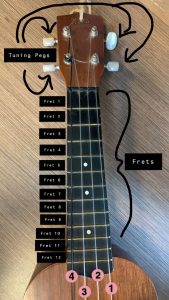

Recent Comments